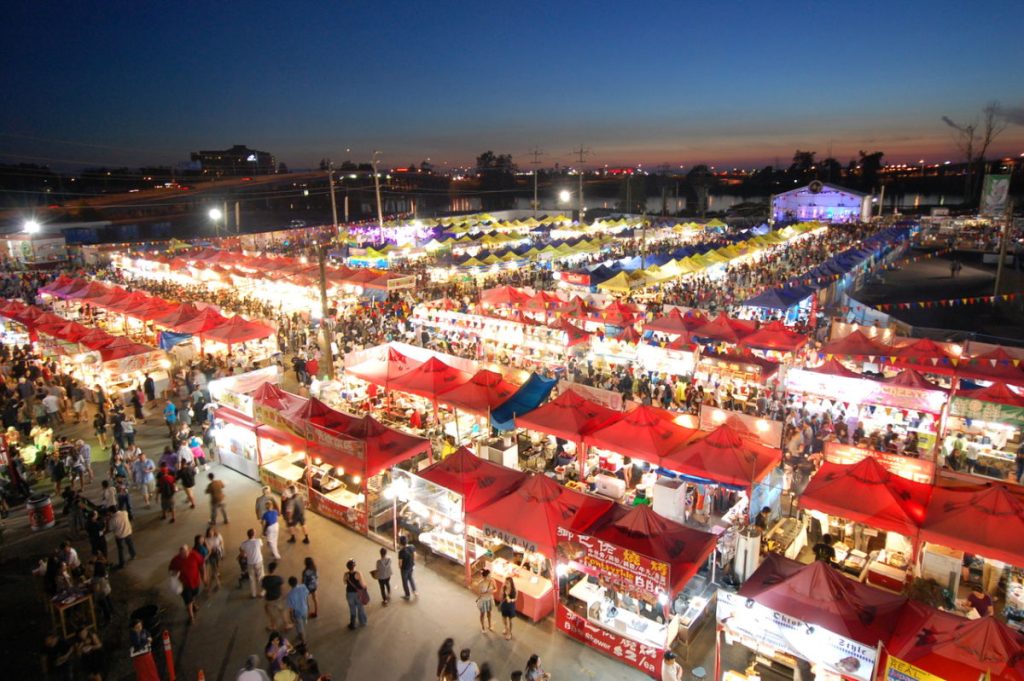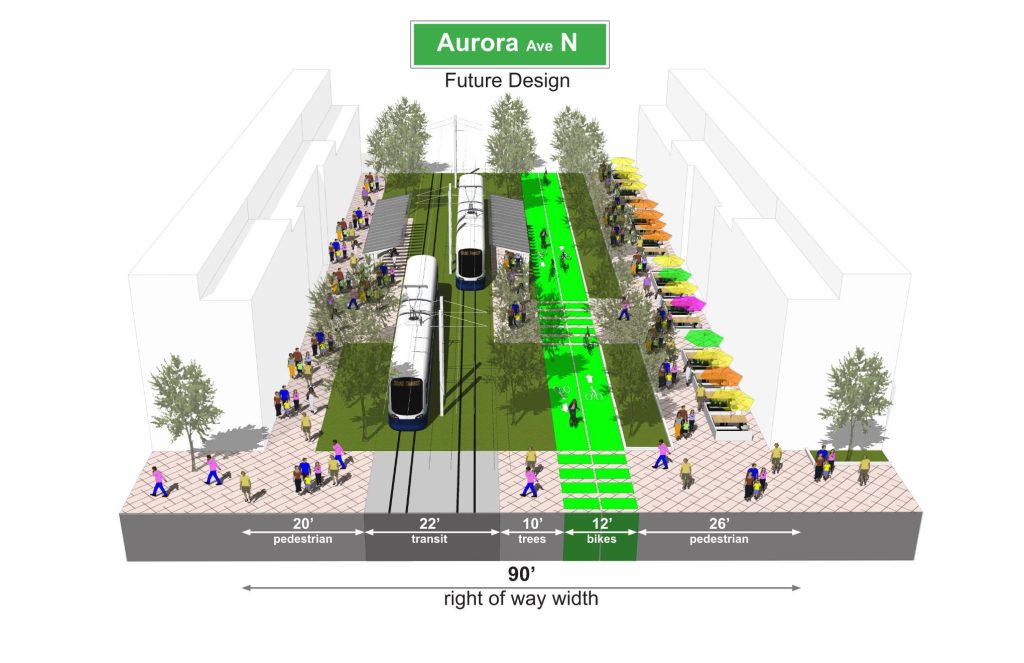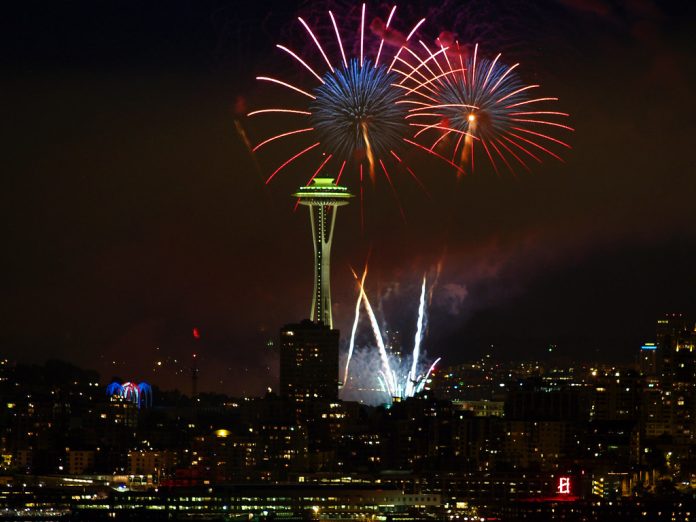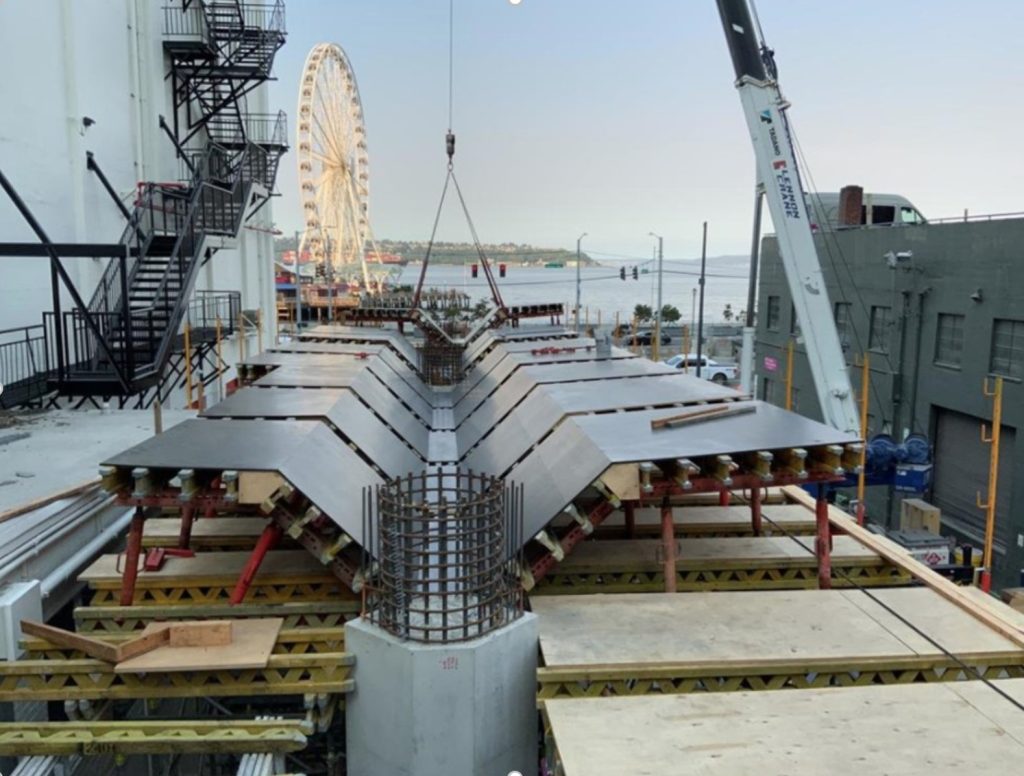Qualifying something as the “best” simply because it is the most popular is an idea that I’ve always pushed back against. But as I scoured through The Urbanist‘s articles from the past year, a simple truth hit me. Far too many articles and opinion pieces that I wanted to highlight for their vision, insight, or timeliness kept making their way on to my list. Some kind of process of elimination was needed.
So to keep things manageable, I decided to turn to our readers to compile this list of the year’s biggest hits. Each one of these articles made waves when it was first published, and some continued to draw in readers throughout the year. Taking in them into together show what a dynamic, turbulent, and — dare I say it — exciting year 2021 turned out to be for advancing urbanist causes. Also, the steady rise in readership The Urbanist witnessed over the last year has shown us that people are interested in and care about the topics we write about — an affirming and inspiring trend that motivates us to advance our advocacy journalism.
Without further fanfare, let’s dive into the articles!
A Transit Riders’ Guide to the Northgate Extension
It’s clear that the opening of the Northgate extension of Link light rail was a source of great interest and joy for many of our readers, and Senior Reporter Stephen Fesler’s deep dive article on the Northgate Extension proved to be one of our most read articles of the year. From station descriptions, to details about the light rail vehicles themselves, to an overview of system wayfinding, this article has it all. It’s a crash — and master — course on using light rail in Seattle. Read it here.
Seattle Subway’s 2021 Map Upgrades Light Rail Connections in Renton, Lynnwood, and Kirkland
For years, Seattle Subway has been advancing its bold plans for bringing light rail to more communities across Puget Sound. Executive Director Doug Trumm’s article sharing the latest iteration of Seattle Subway’s vision map captured many readers’ attention. See the map and learn more how it presents ideas for regional transit expansion.
Seattle Has the Space
“Seattle is in a housing crisis, not a land crisis. We have plenty of land in this city.” Thus begins contributing writer Ryan DiRaimo’s article on how with the right zoning changes Seattle could be transformed from a city of housing scarcity to abundance. Read on if you want to learn more about how Seattle could become a denser city. Also, if you’ve ever wondered how Seattle could become a city of two million without highrises, read DiRaimo’s article on the topic here.
Regular Night Markets Are a Natural Addition to Seattle
Night markets are super popular throughout East Asia and Southeast Asia, and more and more are beginning to appear in North America too. In this article, Boardmember and Editor Shaun Kuo lays out the case for why these pedestrian friendly markets would be a natural fit for Seattle nightlife, creating opportunities for eating and hanging out in neighborhoods like Downtown and the Chinatown-International District. Read it here.

New Bellevue and Woodinville Eastrail Segments Anticipated to Open in 2021
Major trail expansion projects like the Eastrail, which will make it possible to walk, bike, and roll across much of the Eastside in the future, are exciting for many reasons. In this article, Kuo offers an overview of the 42-mile Eastrail and updates on its progress. Amazon contributed $7.5 million to the trail’s completion this year, notably to help transform the iconic Wilburton Trestle into an elevated segment of trail. Finally, Reporter Brandon Zuo wrote about how the Lake to Sound Trail in South King County is moving moving ahead as well.
Amazon’s Moves on Kroger Turf Glimpse the Future of Buying Food (And It’s Not Good)
Who would have thought grocery stores could make for such interesting content? Using wit, humor, and a deep understanding of the principles of urbanism, Reporter Ray Dubicki uses local examples to illustrate why would we should be concerned about Amazon pushing ahead in the grocery business. Read more.
Study Ranks U.S. Cities by 15-Minute City Potential
Lots of buzz has surrounded the idea of the 15-minute city in recent years. When I discovered this study ranking U.S. cities by their 15-minute city potential, I had a feeling that it would attract readers’ attention and I was correct! Read on to see how Seattle fared in the rankings (spoiler alert, we didn’t make the top 10) and if the topic interests you, you may also want to learn more about Seattle and Bellevue’s efforts to become 15-minute cities.
Two Very Different Pedestrian Bridges Coming to the Seattle Waterfront
Now that the Alaskan Way Viaduct is a distant memory, Seattle’s Waterfront is changing before our eyes. Senior Editor Ryan Packer’s article shows us how two very different pedestrian bridges at Marion and Union Street will make it easier to walk and roll to the Waterfront in the future. Read more.
Snohomish County Liberalizes Backyard Cottage and Basement Apartment Rules
After months of discussion, Snohomish County officials unanimously voted to approve rules that make it easier to build backyard cottage and basement apartments in both urban and non-urban areas of the county. Fesler wrote about how what’s permissible under these changes and how more could be done to improve zoning in Snohomish County in this article.
Where Urbanists and Progressives Go from Poor 2021 Showing
November 2021 was a time of disappointment for many Seattleites interested in furthering causes related to progressive urbanism as several members of the Urbanist-endorsed slate came up short. Trumm takes a critical look at the Seattle election and presents ideas on how urbanist and progressive candidates can succeed in the future. Read more.
Envisioning a Car-Free Aurora Avenue

Aurora Avenue is currently one of the least pleasant streets for walking and biking in Seattle, but it doesn’t have to be that way. Longtime contributors Mike Eliason and Ryan DiRaimo partnered together to create a vision of a green, car-free Aurora Avenue. Read more about their plan here.
Natalie Bicknell Argerious (she/her) is a reporter and podcast host at The Urbanist. She previously served as managing editor. A passionate urban explorer since childhood, she loves learning how to make cities more inclusive, vibrant, and environmentally resilient. You can often find her wandering around Seattle's Central District and Capitol Hill with her dogs and cat. Email her at natalie [at] theurbanist [dot] org.



